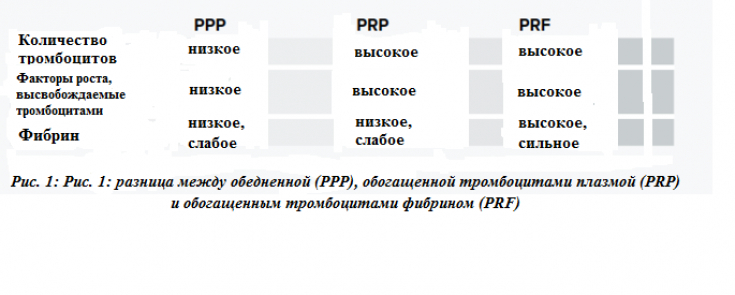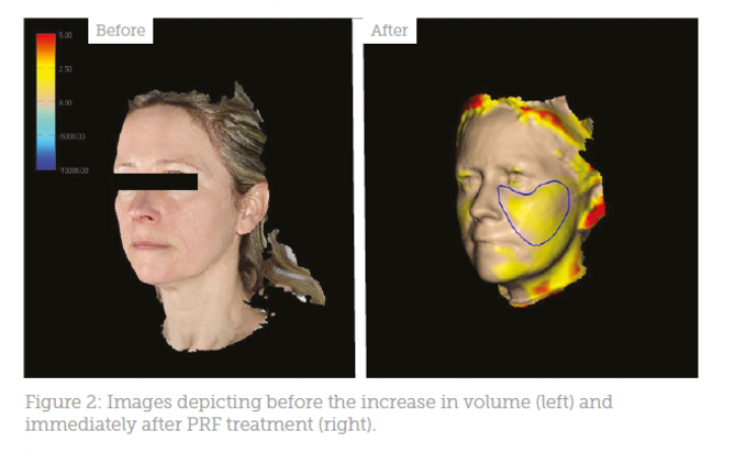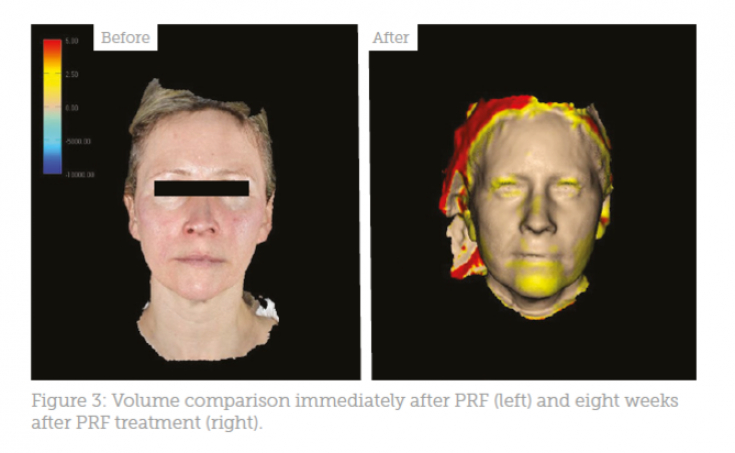Dr. Maria Toncheva and Vincent Wong talk about an alternative to dermal fillers – combination of platelet-rich plasma and platelet-rich fibrin.
Plasmolifting – a safe anti-aging procedure that is great for patients who are wary of non-autologous implants (eg dermal fillers). The effectiveness of PRP therapy is due to the healing and rejuvenating properties of platelet-rich plasma, which, according to recent data, also stimulates neocollagenesis.
PRP injections significantly improve the condition of the skin, but at the same time they do not solve the problem of age-related loss of soft tissue volumes, and also have a significant drawback – platelet-rich plasma is rapidly eliminated from the body.
Dr. Maria Toncheva and Vincent Wong suggest using injections of PRP and PRF (platelet-rich fibrin): this combination of drugs provides facial volumization and a longer effect compared to PRP.
Platelet-rich plasma and platelet-rich fibrin: what is the difference
Platelet-rich plasma (PRP) contains a high concentration of autologous platelets suspended in a small amount of plasma. The drug is obtained by centrifugation of the patient's own blood. The characteristics of PRP are due to the release of substances by platelets that promote tissue repair and influence the behavior of other cells.
Follow us on Instagram!
Platelet-Rich Fibrin (PRF) – a platelet concentrate that does not involve any chemical manipulation of the blood, nor the use of anticoagulants, bovine thrombin, or any other gelling agents. This greatly simplifies the work with the drug. Fibrinogen, initially concentrated in the upper part of the tube, as it comes into contact with blood thrombin, turns into fibrin, in the networks of which platelets are retained.

Combined use of plasma and platelet-rich fibrin
Despite the ability of platelet-rich plasma to stimulate cell proliferation and tissue growth, its ability to volumize and augment the dermis is limited: the residence time of PRP in tissues is approximately 48 hours.
However, in the PRF preparation obtained by mixing PRP with liquid fibrin, platelets are retained in the fibrin network for a longer time. Moreover, platelet-rich fibrin is more viscous due to the cross-linking of the fibrin network, making it ideal for restoring lost volumes.
Proper platelet collection and mixing with the fibrin matrix is critical for maximum results.
A simple and at the same time effective protocol for the combined use of PRP and PRF for facial volumization and rejuvenation was developed by Dr. Maria Toncheva.
This protocol draws whole blood into two PRP tubes and one PRF tube. After centrifugation, the PRP is removed from the tubes, and the PRF tube contains two components: a plasma clot and liquid thrombin serum (LTS). After that, the serum is thoroughly mixed with PRP and immediately injected into the target areas using dermal filler injection techniques. After injection, you can perform a massage and give the desired shape to the drug.
Read also: A Quick Guide to Injectable Filler Techniques
Platelet-rich fibrin acts as a three-dimensional scaffold for volumization. Because platelets are held in place by the fibrin network, PRF provides a gradual release of growth factors. Due to this, the procedure provides longer-lasting results than traditional PRP therapy. PRF also allows you to get a more pronounced effect due to an increased concentration of platelets.
The involvement of all layers of soft tissues in the regeneration process ensures the maximum naturalness of the results without the risk of overcorrection.
The involvement of all layers of soft tissues in the regeneration process ensures the maximum naturalness of the results without the risk of overcorrection. The drug stimulates revolutionization, which is regulated in accordance with the limits of cellular replication. Excess cells undergo apoptosis, and fibrin volume gradually decreases, as with the use of dermal fillers.
Platelet-rich fibrin is 100% autologous, safe; the drug does not cause allergic reactions.
Choice of patients and possible complications after PRF injections
When the procedure is performed correctly, side effects after PRF administration are minimal and short-lived.
These include:
• hematomas;
• puffiness;
• erythema;
• discomfort.
There is no drug for the rapid degradation of platelet-rich fibrin, unlike drugs based on HA. Therefore, in order to avoid dangerous vascular complications, it is not recommended to inject the drug into highly vascularized areas, such as temples, nasolacrimal grooves and lips.
As with PRP therapy, the severity of the effect depends on the individual patient; in some cases, additional correction may be necessary after 12 weeks. It is important to understand that the effectiveness of the procedure depends on the quantity and quality of platelets. Therefore, the correct choice of patients is one of the most important conditions for obtaining good results.
Ideal Candidates – healthy patients. Contraindications to the procedure are:
• pregnancy and lactation;
• blood clotting disorders or use of blood-thinning drugs;
• hepatic dysfunction;
• oncological diseases.
Platelet-rich fibrin is 100% autologous, safe; the drug does not cause allergic reactions.
Case Study: Results of PRF for Midface Volumization
A 43-year-old female patient underwent PRF correction to restore midface volume.
To make the procedure more comfortable, EMLA topical anesthetic was applied to the patient's skin 30 minutes before the injection. A needle was used to inject 5 ml of PRF, since the drug must be injected quickly (due to the rapid increase in its viscosity). After that, PRF was distributed in the area of the cheeks and nasolabial folds.
The whole procedure took 45 minutes, and the only side effect of the correction was minor bruising.
Read also: Plasmolifting procedure for safe and effective facial and body rejuvenation

Fig. 2: volumes before (left) and immediately after PRF injection (right)

Fig. 3: volumes immediately after PRF injections (left) and 8 weeks after the procedure (right)

Fig. 4: volumes before (left) and 8 weeks after PRF administration (right)
PRF injections – safe and reliable way of soft tissue rejuvenation and dermal augmentation. Although this method is not capable of replacing dermal fillers in aesthetic practice, it can be an effective alternative for patients who prefer more natural rejuvenation methods.
Adapted from Aesthetics







Add a comment